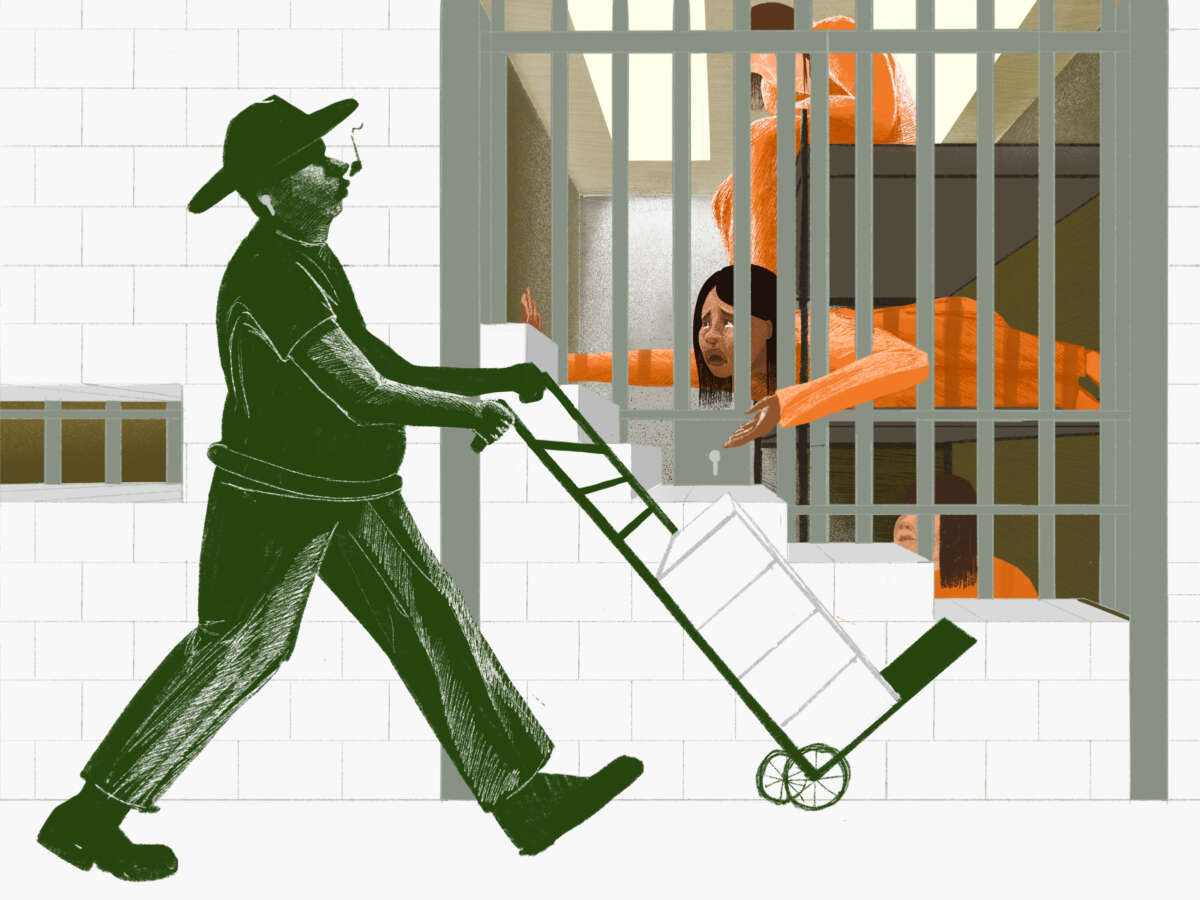Every morning, Mary Frances Barbee wakes up and experiences a “microsecond of happiness before the terror sets in.”
Barbee had a heart attack, transient ischemic attack and then a stroke after her sons were incarcerated. She puts on a brave front when they call.
“I wonder what they are going through, will they be able to call today, and how long until they are out of lockdown again,” Barbee, 71, says as she chokes back tears. “Will it be for just three hours after many days or weeks locked inside? They have no exercise. Four, six or 12 days without a shower. It is inhumane treatment on a daily basis.”
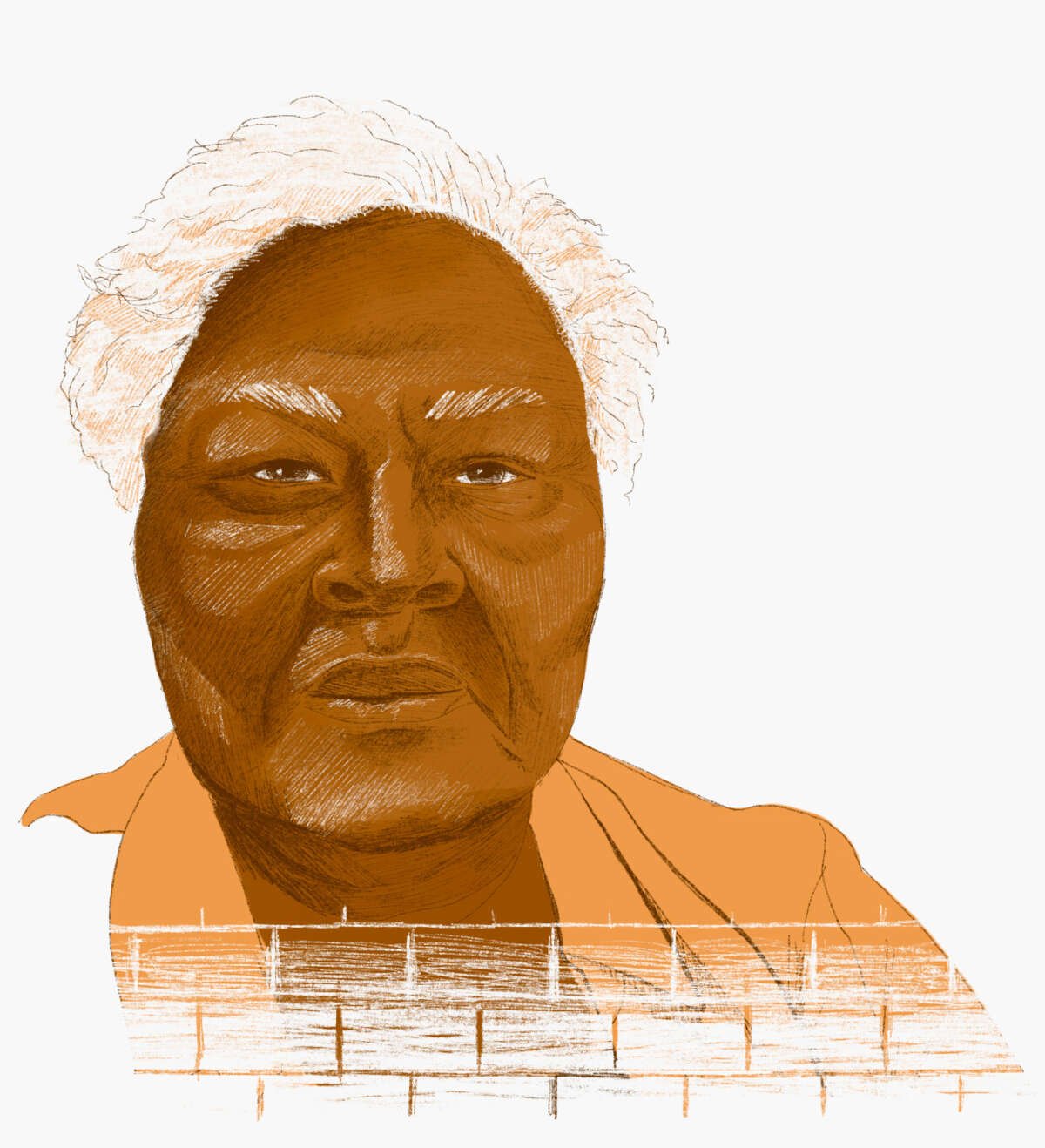
What Barbee is living through is something that millions of people inside and outside razor wire are also experiencing: The purgatory of endless prison “lockdowns” where prisoners are forced to live in isolation that typically exceeds punitive segregation conditions.
An exclusive, eight-month investigation for Truthout has revealed that at least 33 U.S. state prison systems and the majority of federal medium-, high- and maximum-security prisons have placed general population (“gen pop”) adults under nondisciplinary lockdown at least once (but more often repeatedly or for a prolonged period) from 2016-2023.
While most lockdowns are intermittent (lasting from a few days to several weeks), an increasing number of state and federal prisons keep prisoners locked down for most or even all of the year. In addition, many prisons make people suffer through constant lockdown “cycles,” where prisoners get a very brief return to normal “gen pop” status before they are once again subject to several days or weeks of lockdown.
For those unfamiliar with the distinction between solitary confinement and lockdown, the latter is considered far more severe, as prisoners have no routines or any real rights whatsoever under lockdown. Solitary confinement is already rightly considered a form of torture under international law, but persons in solitary have a set routine, as stark as it is. Under lockdown, there is no such routine: There is no guarantee of exercise, showers are irregular at best, and access to phone, email or visitation are nonexistent. Education, religious activities, rehabilitative programs, psychiatric intervention to crises, access to commissary (“the store,” where somewhat healthier food and vitamins as well as soap can be bought) are typically denied or are nearly impossible to get. Meetings with attorneys come to a halt or are hard to obtain. People under lockdown are often not even given basic hygiene materials such as soap or toothpaste.
Throughout modern American carceral history, lockdowns have been reserved for major disruptive events that ostensibly threatened the lives of staff, prisoners or the surrounding community. Justifications for full lockdowns would typically only include prisoner escapes, murders of staff or prisoners, and large-scale violent prison riots, and they typically ended within days or a few weeks at most. Even then, they would almost always be contained to one unit or prison, not across an entire state or the whole nation.
Those days are gone. Lockdowns are now issued for almost any reason, according to interviews with a wide array of prisoners, attorneys, advocates and loved ones on the outside of prison walls. Barbee describes a sense of hopelessness and bewilderment on the part of those who have no way of knowing what is happening inside or if their family members in prison are even alive. Lockdowns happen so fast that prisoners rarely have the opportunity to inform anyone who cares about them.
Prison lockdowns have intensified in both duration and levels of abuse and deprivation over the years.
In addition, many other prison facilities are mimicking key facets of lockdown status even if prisoners technically remain in “gen pop.” Such examples include severe limits on access to confidential legal counsel, denial of family visitation without explanation, returned email or postal communication without justification, and many other restrictions that violate both constitutional rights and prison regulations.
The move toward lockdowns is functioning as a strategic manner of eroding an already paltry level of civil/human rights protections for prisoners within the U.S. carceral system.
Although recent articles in publications have aptly pointed to current staffing shortages in nationwide prisons, the presumption that the takeover of prison lockdowns is essentially a byproduct of a lack of adequate staffing is an oversimplification of a decided shift in the oppressive treatment and exceptionally cruel methods of warehousing prisoners. As The Marshall Project recently reported, the number of people who work in state correctional systems has dropped by 10 percent since 2019. Many prisons suffer from far more severe staff deficits.
But modern prison lockdowns can, in fact, be traced back to 2016, in a decidedly repressive, politicized reaction to nationwide prison strikes which had nothing to do with staff shortages. The use of lockdowns truly picked up steam within the federal prison system in 2018, according to several sources, including writer and prisoner Robert Barton, writing for Politico. Barton correctly assessed that the Bureau of Prisons’s (BOP) overreliance on lockdowns was having a deleterious impact on prisoners to the point that the D.C. Corrections Information Council (CIC) visited three federal USPs and reported that, “by far the most common concern … was the frequency of lockdowns.”
Entire prisons were and are still punished for the relatively minor actions of a few, including fights over phone access or something as simple as a shouting match. Often, prisoners have absolutely no idea why they have been locked down.
Truthout documented how a frightening new development had taken hold in the U.S. with regard to lockdowns several years ago in Valerie Kiebala’s story, “Pennsylvania Prison Lockdown: Public Health Crisis or Powerplay,” which reported on how the Pennsylvania Department of Corrections (PADOC) placed all 25 of its prisons (nearly 47,000 prisoners) on lockdown in 2018. The lockdown lasted 12 days and entailed 24/7 solitary confinement followed by the rapid erosion of civil liberties in prison. The motivation seems to have been political in nature, related to an attempt to repress the National Prison Strike.
The year 2023 was a banner year for lockdowns across the country, in public and private prisons alike. But even the most astute reader wouldn’t have necessarily noticed a thing.
In fact, it is possible that the number of lockdowns in prisons just in the last two years alone has been far bigger than any reporter can discern because local and national media coverage has been so scant. Worsening matters, prisons almost never admit that they’ve implemented lockdown measures of any kind, or if forced to talk on the issues, they tend to use various euphemisms for them, including “modified operations.”
Based on this Truthout investigation, a conservative estimate of 264,190 U.S. state and federal prisoners (not including jails or juvenile facilities) are likely to be under lockdown on any given day — a staggering 22 percent of the total state/federal prison population. (It is also more than likely that there are far more than 33 state prison systems utilizing lockdowns that have evaded any reporting whatsoever or where I did not locate details of such lockdowns.)
These calculations were arrived at with painstaking care not to exaggerate or downplay the reality of lockdowns in U.S. prisons. Making matters more difficult is the fact that prison systems are under no obligation to report which prisons are under lockdown or how many prisoners are under lockdown annually to the Bureau of Justice Statistics or to any other oversight organization or department.
Solitary Watch puts the current number of people in solitary confinement or some form of isolation at 122,000 but does not keep records on lockdown numbers. Solitary numbers are self-reported, and there is not even yet a way for lockdown prisoners to self-report. It is more than likely that there is overlap between people in punitive or “protective” solitary confinement, yet we have no way of ascertaining that number.
But many Americans still seem to be under the illusion that lockdowns simply refer to COVID-related restrictions. Many prisons do appear to have used COVID to normalize “restricted movement” protocols as a way of transitioning into constant lockdown and thereby diminishing outrage or even awareness on the part of the public. But it is absolutely undeniable that the move toward lockdowns is functioning as a strategic manner of eroding an already paltry level of civil/human rights protections for prisoners within the U.S. carceral system.
During the height of the COVID pandemic from 2020 to 2022, the number of people in some form of solitary confinement in U.S. facilities was estimated to be 300,000 juveniles and adults.
If the goal is a level of social control that treats prisoners even more obviously as subhuman and as undeserving of the most basic human rights, then prison lockdowns are working exactly as intended.
While most lockdowns occur in men’s prisons, several women’s prisons have been on lockdowns in recent years, causing a very severe mental health crisis for incarcerated women in California, which is home to the largest women’s prison complex in the world, consisting of two prisons in Chowchilla. Women prisoners heavily rely on social interaction and close familial-type bonds to survive prison, as documented in my investigative book, Women Behind Bars: The Crisis of Women in the U.S. Prison System, in which I visited both prisons.
“Gen pop” women in at least three California prisons say they have endured lockdowns four to seven times a week. As a result, they’ve developed severe mental health problems as a result of being locked down 23 hours per day for weeks or months at a time and thus being unable to go to their jobs, to exercise, attend religious services, communicate regularly with loved ones on the outside, or interact in support groups and classes. One woman is quoted as saying, “It’s a standing joke that we can’t go 48 hours without some kind of major crisis that locks us down.… These crises have nothing to do with the inmates” (italics mine).
At the federal level, women were also impacted during BOP national lockdowns following the stabbing of Derek Chauvin; the inauguration of President Joe Biden; a double homicide at USP Beaumont by members of MS-13; and the police-perpetrated murder of George Floyd. Prison staff apparently imposed the lockdowns based on the notion that protests could conceivably spread to prisons.
Those national lockdowns made news across the U.S., but constant lockdowns endemic to the BOP have continued since then with almost no attention. At first, the BOP was relatively punctual about informing which prisons were under lockdown and thus closed to visitation. According to my own monitoring of the situation (backed by advocates and loved ones on the outside), the BOP often locks down prisons without notifying the status on the prison webpages as per their own protocol.
When asked for a specific count of how many BOP facilities went on lockdown more than once during 2023, BOP spokesperson Scott Taylor replied that the statistical data was not available. He added that the BOP “takes seriously our ability to protect and secure individuals in our custody.”
In separate correspondence, Ben O’Cone of the BOP Office of Public Affairs stated that “concerning the day-to-day operations of the facilities, all individuals have access to medical care, food and water.”
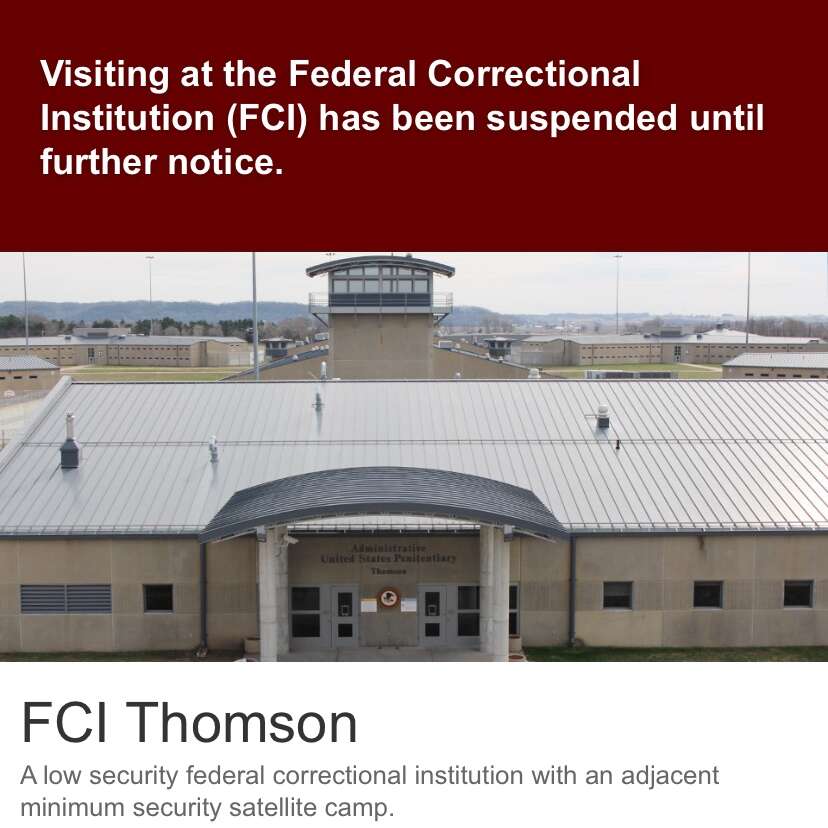
Other constitutional rights and rights protected by BOP regulations (including the right to communicate with lawyers, attend court proceedings, access trans health care and more) went unmentioned.
Lack of access to medical care is one of the most common complaints made by people incarcerated in federal and state prisons alike. Both of Barbee’s sons, Lee and Peter (both identified using pseudonyms to prevent them from backlash), are incarcerated in the federal prison system for nonviolent drug charges. Barbee said her sons live in highly violent environments where frequent lockdowns are causing widespread distress, mental health problems, self-harm and aggressive behaviors. Her sons require medical attention they are not receiving, she told Truthout, which adds to her fear of their safety and well-being.
The retaliatory streak that runs in the veins of modern BOP culture was widely discussed in Senate subcommittee hearings and a multifaceted AP expose which led to the resignation of the previous BOP Director Michael Carvajal. Prisoners, advocates, attorneys and family members say the culture of retaliation has not changed, frequently telling stories of corrupt and abusive prison staff who traffic in drugs and other contraband, violently abuse prisoners who speak up for their rights and sexually abuse prisoners of all genders.
Lee is at USP Beaumont (known to BOP prisoners as “Bloody Beaumont” because of the relentless violence at the facility) in Texas, while Peter is at USP Florence in Colorado. Both sons are in high-security prisons and remain under lockdown most of the time, sometimes for weeks on end. Barbee says the longest time one of her sons went without a shower was 12 days.
Like Barbee, both Peter and Lee had heart attacks after being incarcerated. They received no follow-up medical care such as ultrasounds or bloodwork, Barbee said. The lack of exercise and the virtually inedible food they are served have only worsened her concern. Peter developed ulcerative colitis after being locked up, made worse by lockdowns.
Even many corrections officers see frequent lockdowns as detrimental, according to civil rights advocates. “Lockdowns are bad for everybody, including staff,” David Fathi, director of the ACLU’s National Prison Project, told Truthout. “It’s extremely stressful and causes horrible working conditions, particularly as staff are forced to put in mandatory overtime. For prisoners, the longer a lockdown lasts, the more likely it is that they will engage in self-harm, drug use and resulting overdoses, as well as suicide.”
Corrections unions are more vocal than ever about the frustration of guards who are often the targets of the desperation and outrage that prisoners feel over their nonstop suffering during solitary lockdown. At the same time, incarcerated people and their advocates emphasize that lockdowns only worsen the widespread abuse they face at the hands of prison staff.
Reports of Rampant Abuse in Federal Prisons Under Lockdown
USP Big Sandy in Kentucky is known across the BOP system for particularly abusive treatment of Black men. Two former corrections officers and one former corrections supervisor at Big Sandy were sentenced to prison in 2023 for severe violence against prisoners and covering up the abuse.
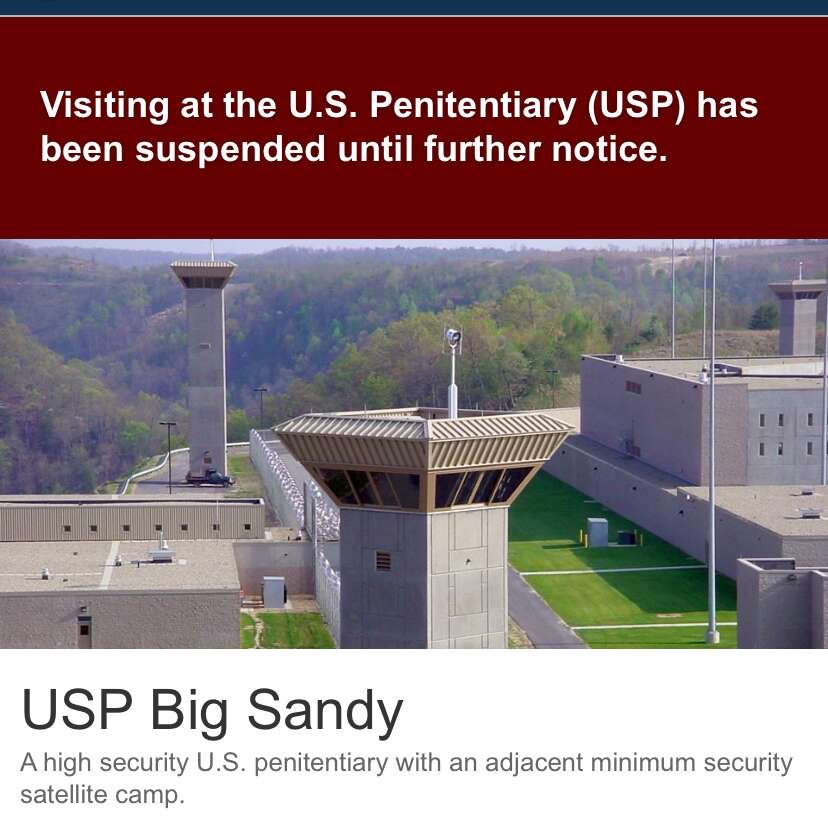
According to statements by partners of prisoners at the facility, the lockdowns at Big Sandy have run from 60 percent to 70 percent of the year in 2022/2023, but lockdowns have been occurring from 2016 onward. The partners’ level of fear for their loved ones is such that they are terrified that something even worse will happen if they disclose their names.
Meanwhile, USP Hazelton, also often on lockdown, is currently being investigated for myriad abuses since 2013. The alleged abuses far exceed beatings. Included in the long list of horrifying abuses are allegations about staff who force incarcerated persons to urinate and defecate on themselves as a condition of being released from isolation. Staff also have allegedly urinated on prisoner property, of which prisoners have very little. BIPOC prisoners are allegedly particularly targeted. The investigation began in September 2023. In an Office of the Inspector General investigation in November 2023, three corrections officers were indicted for a wide array of crimes against prisoners.
Lacking the ability to generate public outcry over these abuses using videos like the ones that sparked the BLM movement, prisoners endure these abuses out of sight and mind, especially when communication with the outside world is completely impossible. People who might otherwise be moved to act do not realize that the paper-thin rights once accorded to some prisoners have absolutely no weight under lockdown.
But if the goal is a level of social control that treats prisoners even more obviously as subhuman and as undeserving of the most basic human rights, then prison lockdowns are working exactly as intended.
The impact of lockdown is suffering, chaos and madness, according to every person impacted by a penal phenomenon growing at lightspeed.
Robert Gillens, 53, a certified paralegal, poet, author and organizer of Youth4Hope, a nonprofit designed to help at-risk youth express themselves, is currently incarcerated at USP Coleman. Gillens says prisoners there spent more time confined to their cells than out of them in 2023, and that prison officials cite interprisoner violence as justification for constant lockdowns. Gillens explained that there’s a simple reason: There are six phones in his unit for 124 men who are desperate to reach their loved ones. Making matters worse, prisoners across the BOP often report that phones are often broken, making it impossible to communicate on them.
Each phone call is limited to just 15 minutes, and prisoners know that it might be a matter of hours or minutes until they are locked down again. When corrections officers release 124 men all at once to line up for the phones or email, the bottled-up fury from having to endure endless cycles of lockdowns raises the frustration levels to a boiling point.
“When a fight pops off, we’re immediately locked down again…. It didn’t use to be like this when we had normal routines and schedules,” Gillens told Truthout. “People knew what to expect.”
Bill Kissinger, 70, is a Vietnam War veteran who was sentenced to life and sent to Louisiana State Prison (also known as Angola), a former slave plantation. Released in 2023, Kissinger says wardens actually began locking down the prison as early as the 1970s. He spent time in solitary confinement on a few occasions, but said lockdowns were the worst.

“The lockdowns were rough when they happened,” Kissinger recalled. “Routine in prison is all encompassing. You build your life around routine. When it is interrupted, chaos. The mind more easily copes with the pain of incarceration when there is a routine to fall back on.”
That routine no longer exists for those incarcerated at USP Coleman, although a new routine might soon return in a fashion that not a single prisoner wants.
I revealed the conditions at Coleman in a September 2023 Truthout article, describing it as a “black site” because even lawyers were regularly prohibited from communicating with their clients, and loved ones had no idea what had happened to people inside. Legal mail was returned to the sender on countless occasions, and even postal mail often stopped coming through to families for weeks on end.
It turns out that the term was more predictive than I could have imagined. Attorney Jenipher Jones told Truthout that prisoners at USP Coleman have been informed by guards that in a pending prison transformation, they will soon be confined to their cells for 22 hours of every day, without exception. If the situation unfolds as such, USP Coleman would become a federal supermax prison. (The U.S. currently has only one federal supermax, ADX Florence in Colorado, which was also put on lockdown during the first wave of George Floyd protests despite the sheer absurdity of locking down the most secure prison in the entire country without any disturbance from prisoners.)
Meanwhile, reporting by The New York Times and Wisconsin Watch exposed hidden statewide lockdowns in Wisconsin, including a prison locked down for a full year and several deaths. James Wilbur, the director of prison outreach for the Wisconsin-based advocacy organization Wisdom, credited a network of activists and advocates as well as faith communities for demonstrating on the streets and putting strong public pressure on the state government to disclose the state’s lockdowns. A 2023 class-action suit was filed, which got Gov. Tony Evers to take action and prison officials admitted the lockdowns.
Wilbur urged all prison reform advocates to remember that no one can win these battles alone and “to seek out allies.”
“When a fight pops off, we’re immediately locked down again…. It didn’t use to be like this when we had normal routines and schedules.”
The struggles in Wisconsin continue, as evidenced by this most recent New York Times report in their collaborative series with Wisconsin Watch.
Other states have seen resistance to prison lockdowns and their related restrictions, including hunger strikes in Nevada prisons in 2022 and 2023, and prisoner uprisings in New York’s Attica Correctional Facility after repeated beatings by prison guards, food deprivation, minimized visitations and a ban on packages mailed to prisoners.
In Minnesota, 100 prisoners at Stillwater Prison peacefully refused to return to their cells to protest lockdown conditions in September 2023.
Missouri Prison Reform Executive Director Lori Curry helped spearhead the exposure of statewide lockdowns in Missouri Department of Corrections facilities, which have resulted in three years of unfathomable in-custody death rates of 11 per month, for an utterly inconceivable total of 135 deaths in 2023, according to Curry’s public records request, which this author has reviewed for accuracy.
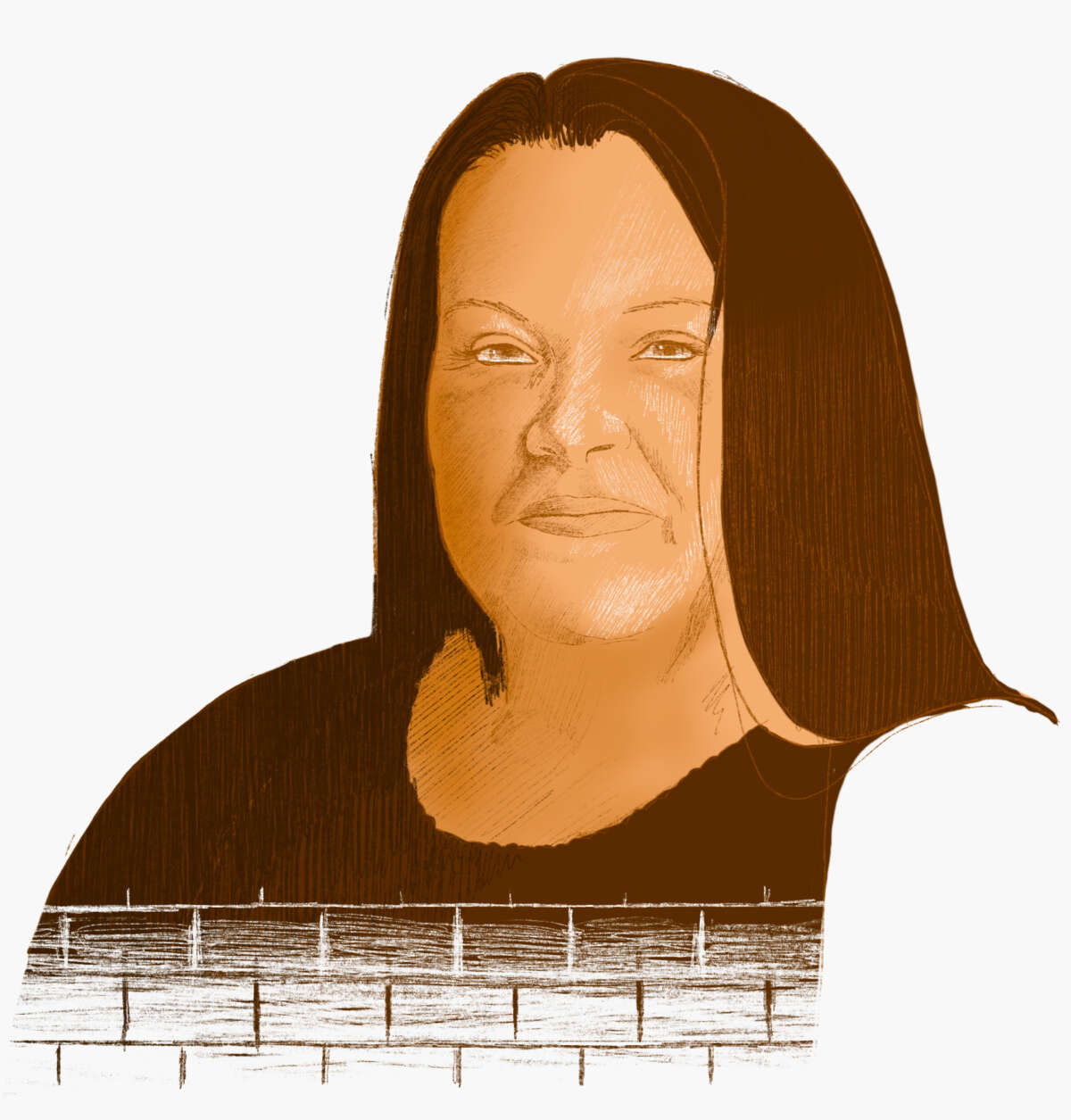
Missouri is a perfect example of a state that received no national attention and very scant local press. This was in large part because the prison system denied that it was happening, according to Curry. The Missouri Department of Corrections did not respond to Truthout’s request for an interview.
Although public pressure temporarily halted most statewide lockdowns, the Missouri Department of Corrections created a permanent lockdown wing at Jefferson City Correctional Center (JCCC) for general population prisoners in late 2023.
Most recently, prison COs are accused of murdering a man, Othel Moore, by using an extreme amount of “OC spray” (an ultra-strong pepper spray) on him, hooding him, placing him in a restraint chair and leaving him in isolation for hours, unattended and restrained. He apparently died in agony over the course of several hours.
But when JCCC prisoners tried calling people about the horrific death that had transpired, explains Curry, corrections officers came down hard. Surveillance of prisoner calls, postal mail and emails has intensified throughout the nation, making it even more difficult for journalists to obtain accurate information from sources who once felt little or no fear in sharing conditions inside. These days, most prisoners tend to limit their responses to small talk, minimizing any details of abuses inside for fear of being locked down again, being thrown in solitary, beaten, or otherwise abused.
“Many residents at JCCC report threats and actual retaliation for speaking out about prison conditions and violence by staff,” Curry told Truthout. “One resident reported having his phone privileges turned off for several days after a phone call in which he discussed the violence. Some who email our organization about current conditions have their communication denied as a ‘threat to the safety and security of the institution.’.”
In this terrifying new era of a lockdown prison society thoroughly closed off from the rest of the country, attorney Jones offered prescient insight: “We as Americans must decide the kind of treatment everyone deserves, non-incarcerated and incarcerated. We must first examine how prisoners are treated because whatever it is, it represents a shadow of repression, sure to come for us all.”
We’re not backing down in the face of Trump’s threats.
As Donald Trump is inaugurated a second time, independent media organizations are faced with urgent mandates: Tell the truth more loudly than ever before. Do that work even as our standard modes of distribution (such as social media platforms) are being manipulated and curtailed by forces of fascist repression and ruthless capitalism. Do that work even as journalism and journalists face targeted attacks, including from the government itself. And do that work in community, never forgetting that we’re not shouting into a faceless void – we’re reaching out to real people amid a life-threatening political climate.
Our task is formidable, and it requires us to ground ourselves in our principles, remind ourselves of our utility, dig in and commit.
As a dizzying number of corporate news organizations – either through need or greed – rush to implement new ways to further monetize their content, and others acquiesce to Trump’s wishes, now is a time for movement media-makers to double down on community-first models.
At Truthout, we are reaffirming our commitments on this front: We won’t run ads or have a paywall because we believe that everyone should have access to information, and that access should exist without barriers and free of distractions from craven corporate interests. We recognize the implications for democracy when information-seekers click a link only to find the article trapped behind a paywall or buried on a page with dozens of invasive ads. The laws of capitalism dictate an unending increase in monetization, and much of the media simply follows those laws. Truthout and many of our peers are dedicating ourselves to following other paths – a commitment which feels vital in a moment when corporations are evermore overtly embedded in government.
Over 80 percent of Truthout‘s funding comes from small individual donations from our community of readers, and the remaining 20 percent comes from a handful of social justice-oriented foundations. Over a third of our total budget is supported by recurring monthly donors, many of whom give because they want to help us keep Truthout barrier-free for everyone.
You can help by giving today. Whether you can make a small monthly donation or a larger gift, Truthout only works with your support.
